Years ago, I strapped on my first hydration backpack and hit a rugged mountain trail. That moment made me realize its convenience—hands-free, easy sipping, and a lightweight pack. From that day, I dove deep into outdoor gear, gaining experience and even helping entrepreneurs enter this market. Now, as someone passionate about the outdoors and skilled in Google SEO, I want to talk about hydration backpacks. If you’re a new entrepreneur considering whether to venture into this market or just wondering if it’s worth using, this article will guide you through its practicality to business opportunities, step by step.
What Is a Hydration Backpack, and Why Is It Popular?
A hydration backpack is a pack with a built-in water reservoir and a hose for easy drinking, widely used in hiking, running, cycling, and other outdoor activities. Its key strengths are convenient hydration and lightweight design, allowing users to stay hydrated during intense activities without stopping to grab a bottle.
According to Grand View Research, the global hydration backpack market was valued at about $1.2 billion in 2022 and is expected to grow at a 6.5% annual rate through 2030. Why the hype? More people are embracing healthy, active lifestyles, and hydration backpacks meet that demand perfectly.
But here’s the question: Is it really for everyone? And how can entrepreneurs tap into this market? Let’s break it down, from usage scenarios to a business roadmap.
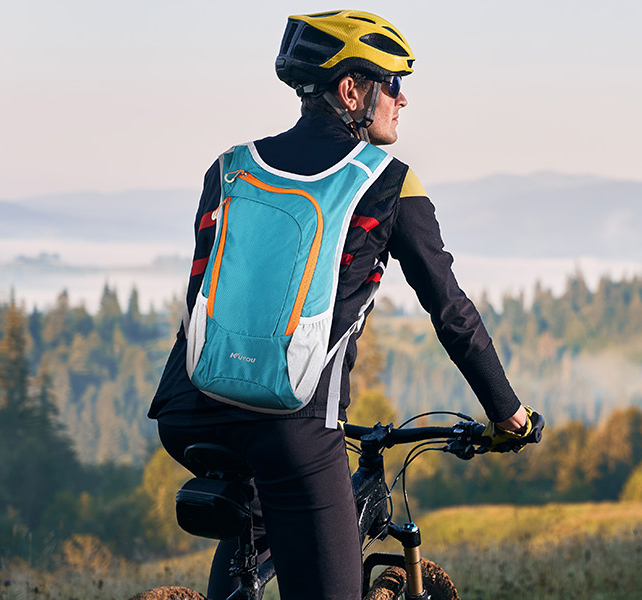
How Practical Is a Hydration Backpack? Is It Necessary?
As an outdoor enthusiast, I’ve tested over a dozen hydration backpacks, from budget to premium models, and I’ve got plenty of insights. Here’s a look at its main use cases and pros versus cons to help you decide if it’s worth it.
Ideal Scenarios
Hydration backpacks aren’t universal, but they shine in these situations:
Long-Distance Hiking: For treks over 8 hours, they ensure steady hydration while keeping your hands free.
Trail Running: Grabbing a bottle mid-run is impractical; a hydration pack’s hose makes sipping seamless.
Cycling: Cyclists can drink without looking down, improving safety.
Hot Environments: In sweltering conditions, frequent hydration is critical, and packs holding 2-3 liters meet long-term needs.
I recall a summer hike where my 3-liter hydration pack kept me going for 20 kilometers without stopping to refill—such a relief.
Pros and Cons
Here’s a clear comparison:
|
Aspect |
Pros |
Cons |
|---|---|---|
|
Hydration Ease |
Sip through a hose anytime, no stopping or grabbing a bottle |
Water reservoirs require thorough cleaning to prevent bacterial growth |
|
Capacity |
Typically holds 1-3 liters, ideal for long activities |
Full reservoirs add weight, which may strain your back |
|
Design |
Lightweight, body-hugging, great for intense movement |
Some models have limited storage, not ideal for gear-heavy trips |
|
Durability |
High-quality reservoirs (like TPU) are leak-proof and durable |
Budget models may leak or have hoses that degrade quickly |
|
Versatility |
Suits various activities like hiking, running, cycling |
For short or low-intensity outings, a water bottle may be simpler |
Who Needs a Hydration Backpack?
Outdoor Enthusiasts: If you regularly do high-intensity, long-duration activities, it’s nearly essential.
Urban Commuters: For occasional short rides or workouts, a water bottle is likely enough.
Specialized Users: Marathon runners or desert trekkers will find it a game-changer.
My advice? If you’re out for over 2 hours weekly on intense outdoor activities, a hydration backpack is worth trying. For casual strolls, a regular pack and bottle will do.
Business Angle: Opportunities and Challenges in the Hydration Backpack Market
For new entrepreneurs, the hydration backpack market is both enticing and demanding. Here’s my take, based on market trends and personal experience.
Market Opportunities
Growing Demand: With outdoor activities like trail running and hiking on the rise, hydration backpacks are in demand.
Niche Markets: Focus on specific segments, like “ultra-light trail running packs” or “kids’ hydration backpacks,” to avoid cutthroat competition.
Cross-Border E-Commerce: North America and Europe are key markets. Statista notes the North American outdoor market hit $500 billion in 2023.
Branding Potential: Consumers value brand stories and eco-friendly materials, offering room to stand out.
I know an entrepreneur who focused on “sustainable hydration backpacks” using recycled materials. Within six months, they gained 20,000 Instagram followers and surpassed $100,000 in sales.
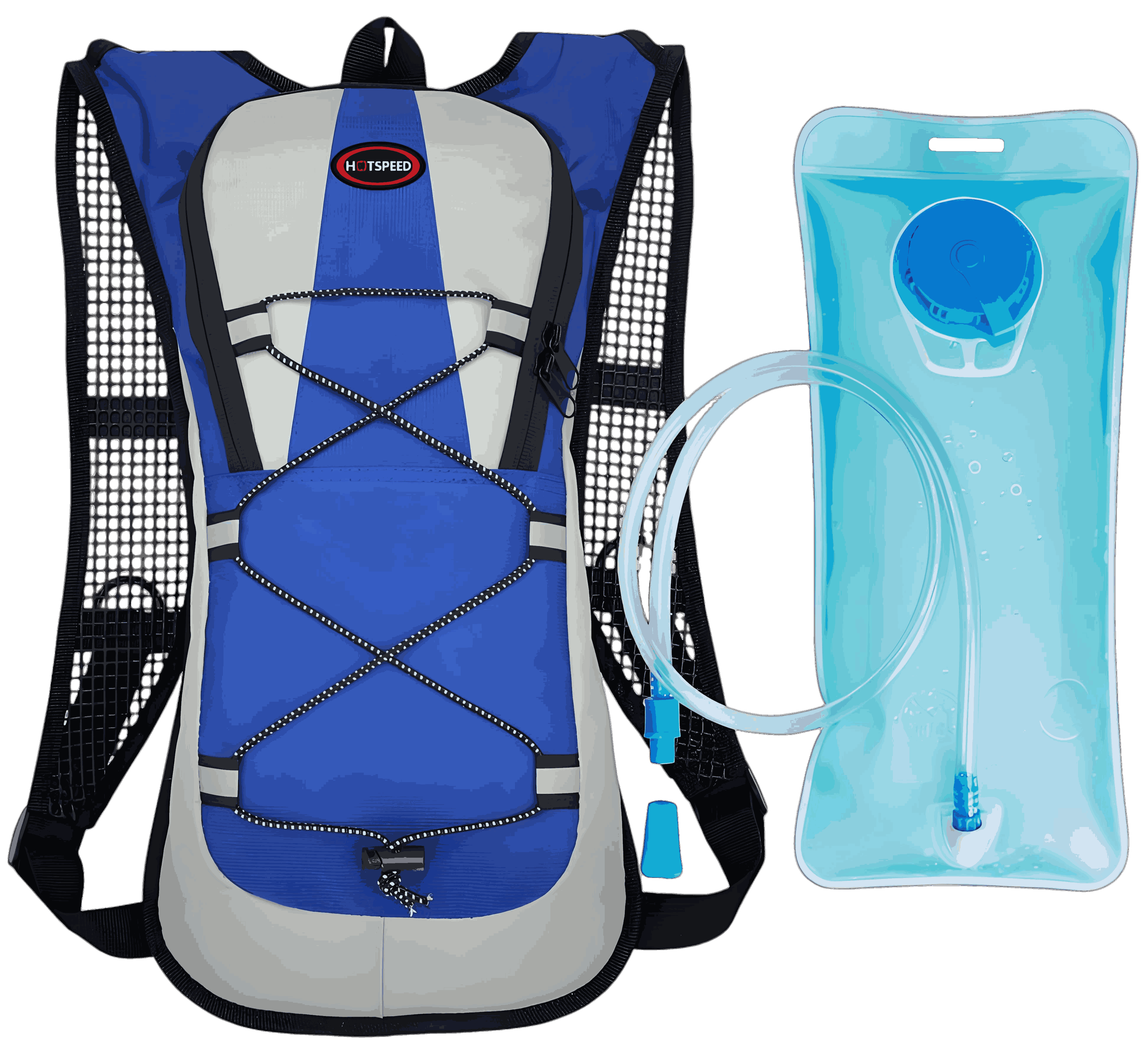
Market Challenges
Stiff Competition: Established brands dominate, and price wars are common.
Complex Supply Chain: Hydration backpacks involve reservoirs, hoses, and packs, making quality control tricky.
Marketing Costs: Early advertising and influencer campaigns can strain budgets.
Consumer Education: Some users are skeptical about cleaning or using hydration packs, requiring extra effort to inform them.
How New Entrepreneurs Can Break Into the Hydration Backpack Market
If you’re ready to dive in, here’s my practical guide, covering product selection to marketing.
Step 1: Product Positioning and Selection
Target a Niche: Skip generic packs and focus on specific groups, like “female runners” or “polar explorers.”
Prioritize Materials: Use food-grade TPU for reservoirs—durable and odor-free. Opt for nylon or polyester for the pack, balancing weight and toughness.
Innovate Features: Consider quick-release reservoirs, reflective strips, or adjustable straps to enhance user experience.
Useful Tools:
Alibaba: Source suppliers with export experience.
Jungle Scout: Analyze demand and reviews for similar products on Amazon.
Google Trends: Check search trends for terms like “hydration backpack.”
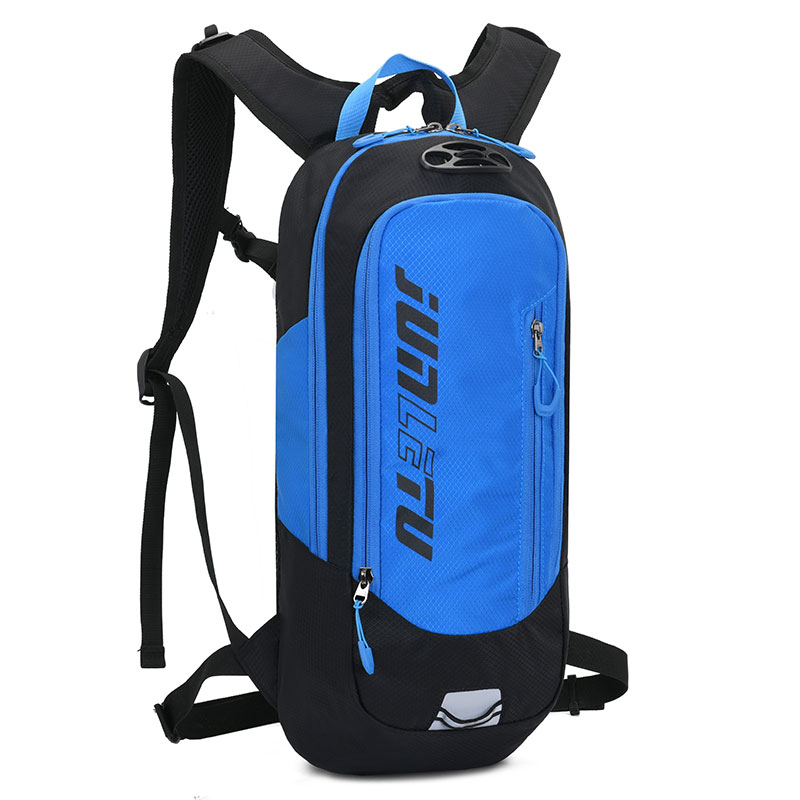
Step 2: Build a Professional Website
Your website is your brand’s core. Here’s how to set it up:
Choose a Platform: I recommend Shopify—user-friendly for beginners, starting at $29/month with robust templates.
Domain: Pick a clear domain, like “RunHydrate.com.” Avoid complex spellings.
Design: Use Canva for a clean logo and stick to fresh colors (blue or green suits outdoor brands).
Key Pages: Include homepage, product pages, about us, FAQ, and contact. Here’s a breakdown:
|
Page |
Purpose |
Optimization Tips |
|---|---|---|
|
Homepage |
Showcase brand story and flagship products |
Add a video of the pack in action |
|
Product Pages |
Detailed descriptions, images, and reviews |
Use HD images, include cleaning tutorials |
|
About Us |
Build trust with brand mission |
Add team photos or eco-friendly commitments |
|
FAQ |
Address cleaning, capacity, return queries |
Cover concerns like “how to prevent leaks” |
|
Contact |
Offer multiple contact options |
Integrate live chat for quick responses |
Payment and Shipping:
Payments: Use PayPal and Stripe, supporting credit cards and local methods.
Shipping: Partner with CJ Dropshipping or ShipBob for transparent costs and reliable delivery.
Step 3: SEO Optimization for Free Traffic
SEO is critical for website traffic. Here are my go-to strategies:
Keyword Research: Use Ahrefs or SEMrush to find high-volume, low-competition keywords like “best hydration backpack for hiking” or “lightweight running hydration pack.”
On-Page SEO:
Titles: Keep page titles under 60 characters, including target keywords.
URLs: Use clean formats, like “yourstore.com/hiking-hydration-pack.”
Images: Compress images (try TinyPNG) and add alt text, like “2L hiking hydration backpack.”
Content Marketing: Publish 1-2 blog posts weekly, such as:
“Top Hydration Backpacks for Hiking in 2025”
“How to Clean a Hydration Backpack: A Beginner’s Guide” These attract search traffic and work well on social media.
Off-Page SEO: Build backlinks through guest blogs or outdoor forums, like contributing to hiking blogs.
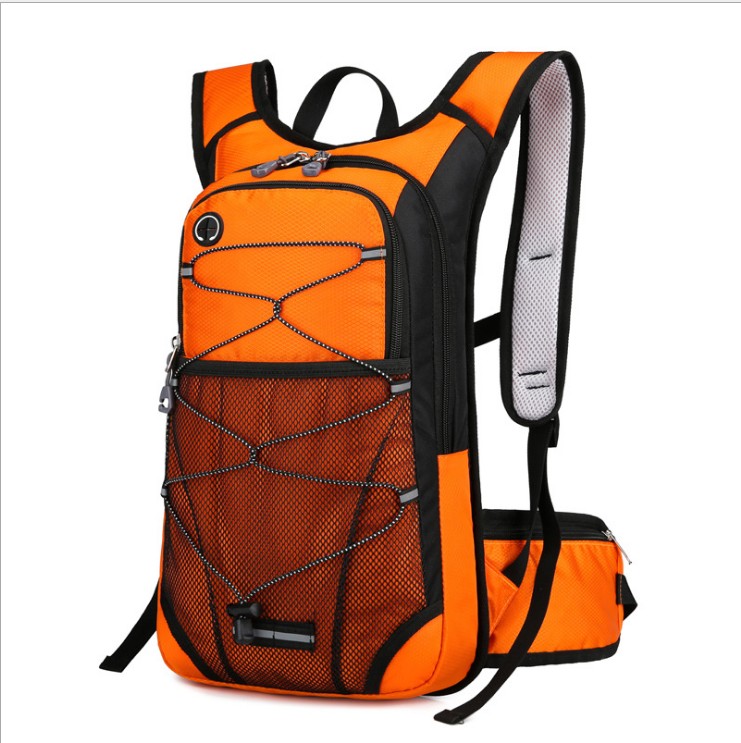
Step 4: Multi-Channel Marketing
Social Media:
Platforms: Instagram and TikTok for product videos, Pinterest for female audiences in the U.S. and Europe.
Content: Share user scenarios, cleaning tips, or eco-friendly stories. I once created a “desert hiking hydration” video for a brand that got 100,000 views.
Ads: Start with $5-10 daily budgets to test Facebook or Instagram ads.
Email Marketing: Use Mailchimp for welcome and promotional emails. Campaign Monitor reports email marketing ROI can reach 4200%.
Influencer Partnerships: Work with micro-influencers (10,000-50,000 followers) for $100-500 per post, often yielding high conversions.
Step 5: Data Analysis and Optimization
Spend 2 hours weekly reviewing data to spot issues. Recommended tools:
Google Analytics: Track traffic sources and conversions.
Hotjar: Use heatmaps to analyze user clicks.
Shopify Analytics: Monitor sales and repeat purchases.
Key Metrics:
|
Metric |
Target |
Optimization Tips |
|---|---|---|
|
Conversion Rate |
2%-3% |
Enhance product pages, add trust signals |
|
Bounce Rate |
Below 40% |
Improve load speed, refine content |
|
Average Order Value |
Increase 10%-20% |
Offer bundles or freebies |
|
Repeat Purchase Rate |
20%-30% |
Introduce loyalty programs or discounts |
Common Issues and Solutions
Leaks: Use high-quality TPU reservoirs and check hose connections regularly.
Cleaning Hassles: Provide clear cleaning guides and recommend cleaning kits.
Inventory Overstock: Start with small batches to test demand.
Low Traffic: Boost content output and try TikTok for quick reach.
Final Thoughts
Reflecting on my outdoor business journey, from my first hydration backpack to helping others build brands, I’ve grown to love this industry. Hydration backpacks aren’t just gear—they’re a symbol of an active lifestyle. For users, they enhance outdoor adventures; for entrepreneurs, they offer a vibrant market. With the right niche and dedication, whether you’re exploring nature or launching a business, the rewards are endless. I hope this guide sparks your inspiration and sets you on a path to success in both the outdoors and entrepreneurship!
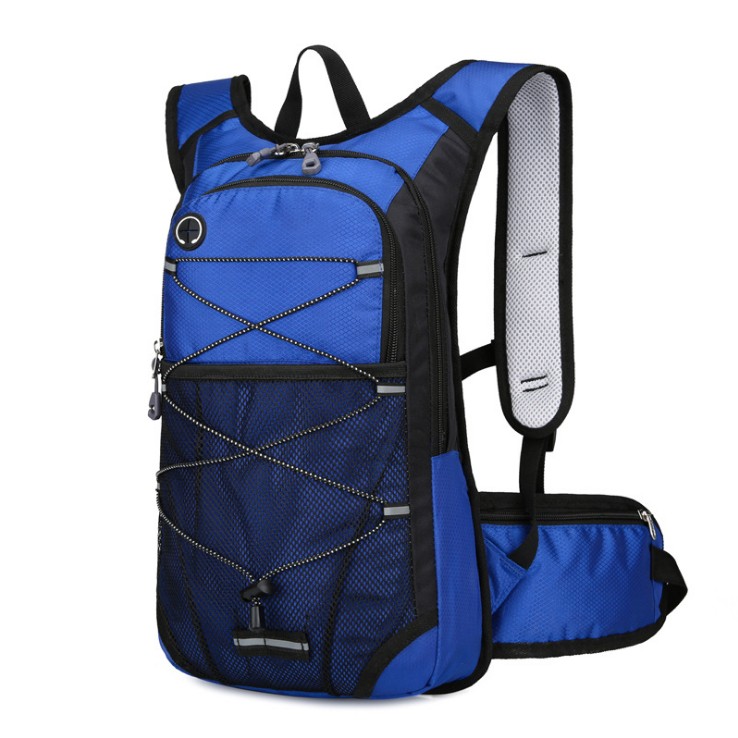
Frequently Asked Questions
Q1: Hydration Backpack vs. Water Bottle—Which Is Better?
A: It depends on the scenario. For long hikes, runs, or rides, hydration backpacks are more convenient for continuous sipping. For short trips or commuting, water bottles are simpler and easier to clean.
Q2: How Do I Clean a Hydration Backpack?
A: Wash the reservoir with warm water and mild detergent, using a cleaning brush for the hose. Soak in diluted white vinegar for 10 minutes weekly to kill bacteria. Dry with the reservoir open to prevent mold.
Q3: How Much Capital Is Needed to Start Selling Hydration Backpacks?
A: A small-scale start requires $2,000-$5,000, covering website setup (Shopify at ~$29/month), domain ($10-20/year), initial inventory ($1,000-$2,000), and marketing ($500-$1,000). Begin with small batches to minimize risk.
Q4: How Do I Find Reliable Suppliers?
A: Use Alibaba to find suppliers with export credentials. Request samples to test quality. Prioritize manufacturers experienced in hydration backpacks and clarify delivery and return policies.
Q5: Is the Hydration Backpack Market Too Competitive?
A: Competition exists, but niches offer opportunities. Target specific audiences (e.g., trail runners) or unique features (e.g., eco-friendly materials) to sidestep price wars.